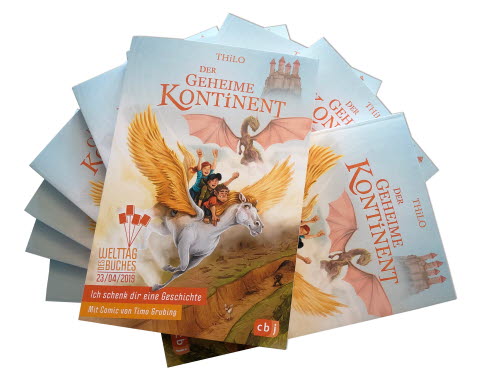In Germany it has become a tradition to celebrate the UNESCO World Book Day on April 23. All the years since 2007, a special children’s book – Ich schenk dir eine Geschichte (translation: I give you a story) – is given for free to over a million German children in the 4th and 5th grade. The aim is to inspire them with exciting stories, to increase and support their reading. There is also a positive side effect of reading books, as it adds to the integration of young people not native in German.
But it’s not only in Germany, people are celebrating all over the world. And the strive to promote reading is not just contained to one day in April. In Sweden there is similar initiative during the autumn break – Läslov (Reading break). Every year, the same week in October, the Swedish school children have a week off. During the Läslov campaign there are several activities all over the country to inspire the children to spend some of their spare time over a book.
Reading is important. Even though sales of e-books are increasing, so are the sales of physical books. And studies show that paper actually communicates beyond the written word; people tend to embrace the facts better from print. A physical book carries a message, but the book itself also tells a story, where the paper enhances the experience. The feel of the paper complements the content and message of the product.
Literacy increases on a global scale. Today, according to UNESCO, more than 86% of the global population over 15 years can read and write. But there is still room for improvement and we are the first to applaud the efforts made to increase reading. Of course, as a paper producer we love printed books, but there is more to it. In a changing world, the written word can be a true game changer.

